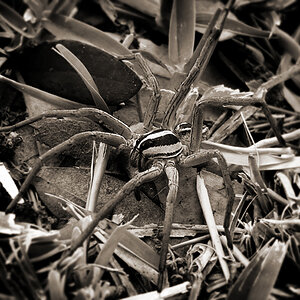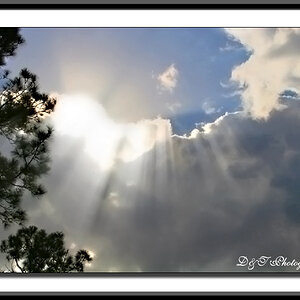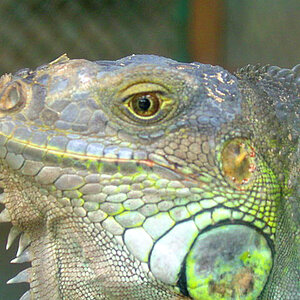I was wondering if anyone knew of a program that would do the following:
* Allows you to input multiple photographs.
* Rotates each of the images to align bright spots (compensates for
Earths rotation and time laps between photos)
* Examines each pixel statistically and determines the most probable
true color to compensate for digital static.
Basically I want to take many photographs using a digital camera and I want the program to use statistics to remove the digital static and improve the final image.
* Allows you to input multiple photographs.
* Rotates each of the images to align bright spots (compensates for
Earths rotation and time laps between photos)
* Examines each pixel statistically and determines the most probable
true color to compensate for digital static.
Basically I want to take many photographs using a digital camera and I want the program to use statistics to remove the digital static and improve the final image.





![[No title]](/data/xfmg/thumbnail/41/41818-fb8293ceb208cab396fce9a587bbe37b.jpg?1619739903)
![[No title]](/data/xfmg/thumbnail/41/41924-6ae94add98501b0c7ebd13870b86cf70.jpg?1619739945)
![[No title]](/data/xfmg/thumbnail/32/32639-1358bee897449f9a4a38676097b475d5.jpg?1619735555)







![[No title]](/data/xfmg/thumbnail/34/34144-52e7a5d3e3908ae808afeabfe86fffdc.jpg?1619736317)
